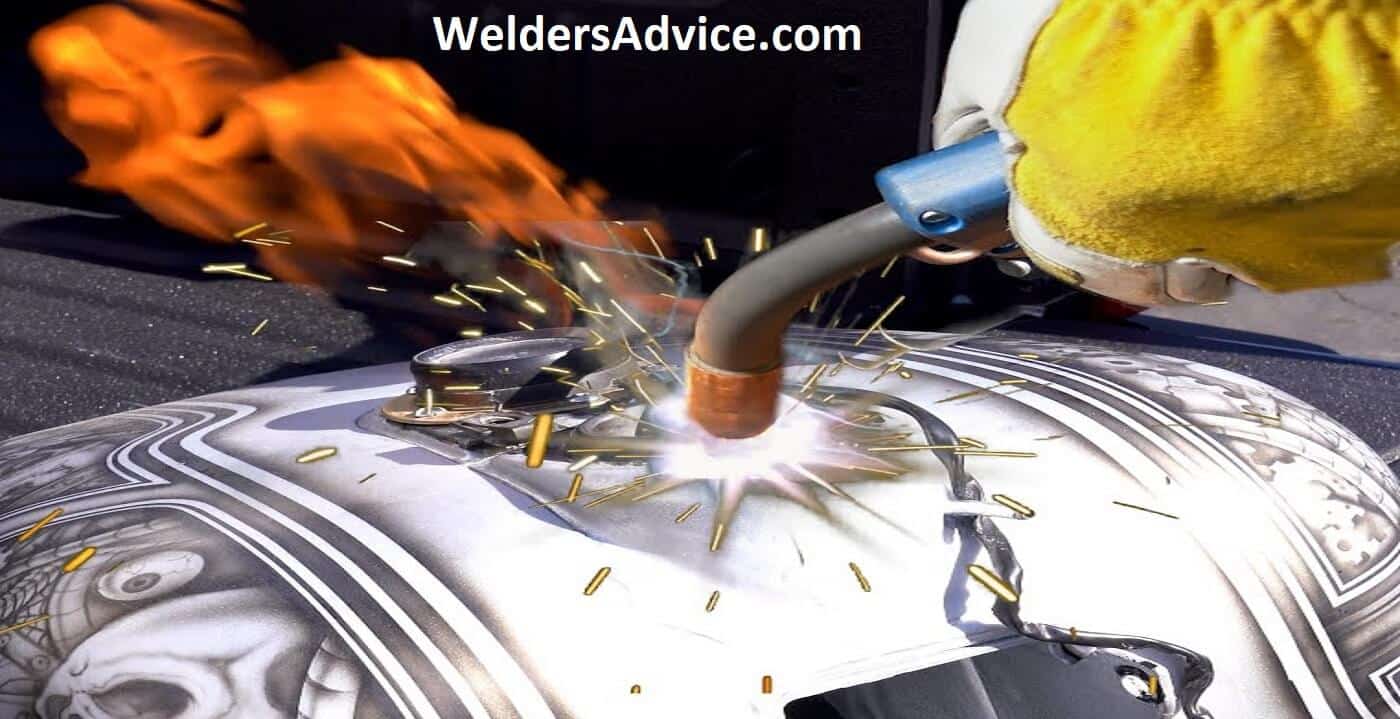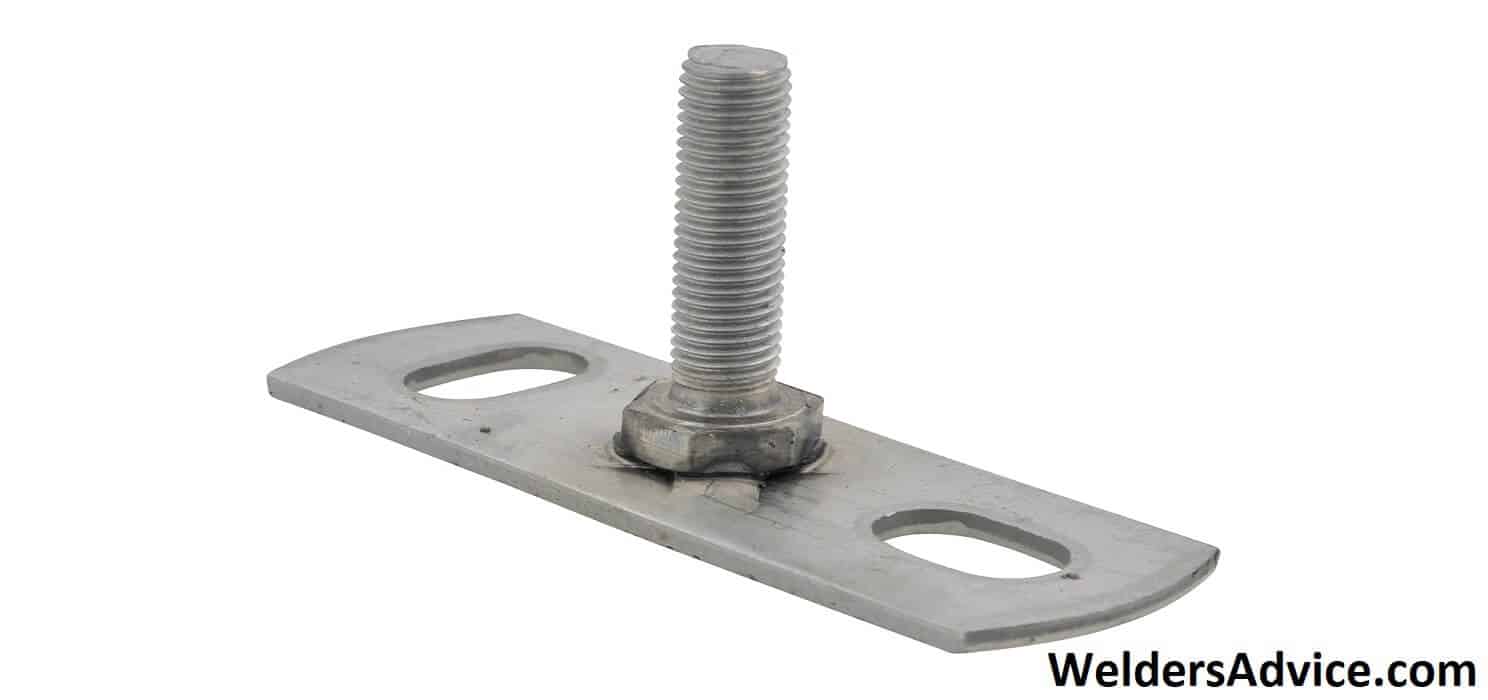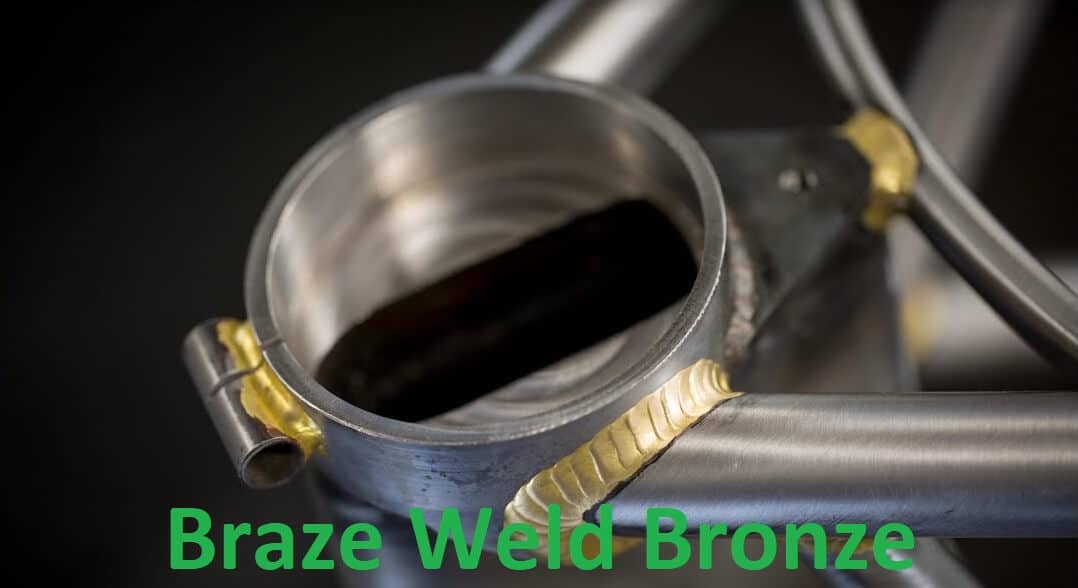To braze weld a gas tank, first, you need to clean the surface of the tank and the area to be welded. Then, fill the tank with an inert gas to prevent any explosions during the welding process.
Braze welding a gas tank may seem like a daunting task, but it is actually a relatively simple process if you follow these steps carefully. Gas tanks are typically made of metal and are used to store flammable liquids, so it is important to exercise caution throughout the welding process.
In this article, we will provide an overview of how to braze weld a gas tank, including the necessary safety precautions, tools, and materials needed, and the step-by-step process for proper welding. Whether you are a DIYer or a professional mechanic, this guide will help you braze weld your gas tank with confidence.
- What Is Braze Welding And How Does It Work?
- Different Types Of Gas Tanks
- Identifying The Problem With The Gas Tank
- Proper Cleaning Techniques For Braze Welding
- Choosing The Right Braze Welding Technique
- Step-By-Step Technique For Braze Welding A Gas Tank
- Common Issues During Braze Welding
- Frequently Asked Questions Of How To Braze Weld A Gas Tank
- Can I Fix A Gas Tank Leak With Brazing?
- What Safety Precautions Should I Take While Brazing A Gas Tank?
- Final Thoughts on Braze Weld a Gas Tank
What Is Braze Welding And How Does It Work?
Braze welding is a method of joining two pieces of metal without melting the base metal. The process utilizes a filler metal that is melted but does not melt the base metal. The result is a strong, leak-proof joint that is perfect for gas tanks.
One of the advantages of braze welding is the joint is nearly as strong as the base metal. Another benefit is that the process does not produce as much distortion or warpage compared to other welding methods. To braze weld a gas tank, the workpiece must be clean and fit tightly.
Heat is applied to the area to be welded and the filler metal is fed into the joint. After cooling, the joint can be smoothed and finished. Braze welding is a versatile process used for many applications and is a great solution for gas tanks.
Different Types Of Gas Tanks
Gas tanks come in different shapes and sizes, and they are made of different materials. Identifying the type of gas tank you need to braze weld requires a system of observation. Some of the common types of gas tanks include propane, acetylene, and oxygen tanks.
The shape and size, as well as the material, can affect the type of braze welding required. Before you choose which type of tank to braze weld, understanding the characteristics of the gas tank is crucial. Factors such as thickness, type of alloy used, and type of gas stored in the tank will influence the type of braze welding method used.
Always ensure that you carry out thorough research before starting the braze welding process, as this will help you avoid any mistakes that could lead to potential hazards.
Identifying The Problem With The Gas Tank
A damaged gas tank can be a significant problem for any vehicle. Signs of damage include leaks, corrosion, and cracks. Evaluating the extent of the damage involves inspecting the tank for visible signs and checking for fuel contamination. To diagnose a faulty gas tank, a pressure test is necessary to detect leaks and assess the structural integrity of the tank.
Braze welding is a popular method to repair a damaged gas tank, where a filler metal is melted and bonded with the damaged area. It is crucial to use appropriate safety measures and follow the manufacturer’s instructions when repairing a gas tank.
Properly braze-welded gas tanks can function effectively for years to come.
Proper Cleaning Techniques For Braze Welding
To successfully braze weld a gas tank, proper cleaning techniques must be observed. Identifying the right cleaning materials is crucial to achieving a surface that is free of rust, grime, and other contaminants. Guidelines for cleaning the gas tank should be followed stringently to avoid any damage.
Steps to achieving a perfect surface for braze welding include the use of wire brushes, sandblasting, and solvents, among others. A good tip is to preheat the gas tank before brazing to remove any remaining moisture. Remember to work in a well-ventilated area and protect yourself with appropriate gear, particularly gloves and goggles.
These precautions are important not only for your safety but also for the overall quality of your work. With these tips in mind, you can start braze welding your gas tank efficiently and effectively.
Choosing The Right Braze Welding Technique
Braze welding has become popular for gas tank repairs. However, choosing the right braze welding technique can be challenging. Some factors to consider include the material of the tank, the position of the crack, and the type of fuel the tank holds.
Different braze welding techniques have their pros and cons, including torch brazing, induction brazing, and resistance brazing. The suitability of a technique for your gas tank depends on various factors, such as the complexity of the repair and the availability of the equipment.
With the right technique and proper caution, braze welding can be an effective way of repairing your gas tank.
Step-By-Step Technique For Braze Welding A Gas Tank
Before you start to braze weld a gas tank, make sure you take safety precautions seriously. Wear protective gear such as gloves, goggles, and a welding helmet. Next, prepare the gas tank and the welding equipment by cleaning them to ensure a strong bond.
Don’t forget to clean and adjust the flame on your torch. Now you’re ready to begin the welding process step-by-step. Start by heating the brazing rod with the torch, then guide it into the joint you want to weld. Keep the heat consistent and feed the rod slowly to prevent it from overheating.
Once the welding is complete, let the gas tank cool down on a fire-resistant surface. Remember to take your time and follow these steps carefully to ensure a successful braze weld on your gas tank. Overall, braze welding a gas tank can be challenging, but with patience and practice, it’s a skill you can master.
Common Issues During Braze Welding
Brazing welding gas tanks can be tricky. Understanding common issues encountered during welding is important to avoid costly mistakes. These problems often arise due to lack of preparation or preheating, improper torch or filler metal selection, and incorrect welding technique.
Troubleshooting these problems during the welding process is key. By adjusting heat input, angle of torch and filler metal placement, and allowing proper cooling time, many of these issues can be minimized. In case something goes wrong, stop welding immediately to prevent further damage.
Assess the situation, and rectify the issue before proceeding. Applying these simple tips can ensure a successful and durable braze weld for your gas tank.
Frequently Asked Questions Of How To Braze Weld A Gas Tank
How Do I Prepare A Gas Tank For Brazing?
To prepare a gas tank for brazing, first drain the fuel and remove any obstructions. Use a wire brush to clean the surface from rust, dirt, and other impurities. Make sure the area is well-ventilated and follow safety precautions.
What Temperature Should I Use For Brazing A Gas Tank?
The temperature for brazing a gas tank depends on the type of brazing rod and the gas tank’s metal. Typically, brazing temperatures range from 1100°f to 1650°f. Consult the brazing rod manufacturer for specific temperature recommendations.
What Brazing Rod Should I Use For A Gas Tank?
For gas tanks, it’s best to use bronze brazing rods as they are a perfect combination of strength and flexibility. Silver brazing rods can also be used but are more expensive. Select the brazing rod that is compatible with the gas tank’s metal to avoid damaging it.
Can I Fix A Gas Tank Leak With Brazing?
Yes, you can fix a gas tank leak with brazing, provided it is not too severe and is confined to a small area. If the leak is large or on a seam, it’s better to replace the tank. Clean and prepare the area thoroughly before brazing to ensure a strong and lasting repair.
What Safety Precautions Should I Take While Brazing A Gas Tank?
Wear protective gear, such as gloves, a welding helmet, and a leather apron. Ensure proper ventilation in the area, and have a fire extinguisher and a bucket of water nearby. Never attempt brazing when the tank still contains fuel or is not completely drained.
Final Thoughts on Braze Weld a Gas Tank
Brazing welding a gas tank requires precision, skill, and attention to detail. With the right tools, a clean workspace, and the right technique, you can successfully mend a leaky gas tank. It’s important to always adhere to safety protocols and take precautions with fuel and heat sources.
As we’ve discussed, choosing the right type of brazing rod and flux is critical for ensuring a strong, leak-free weld. Errors in the process can be difficult — and dangerous — to remedy. So, whether you’re looking to fix a gas tank for your vehicle, motorcycle, or other equipment, take your time, follow these steps, and enjoy the peace of mind that comes with a job well done.
With some patience and practice, you’ll be able to confidently undertake this process time and time again, with success.




